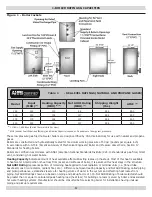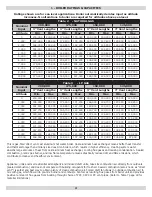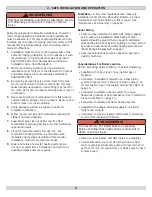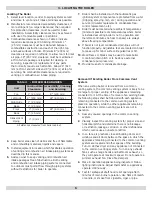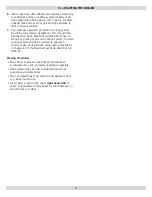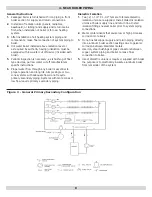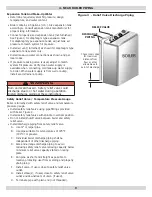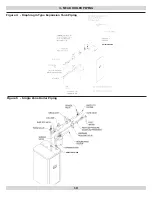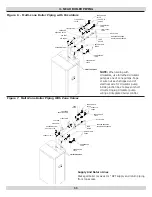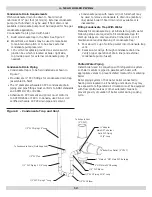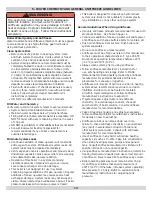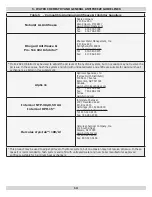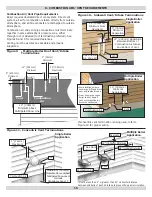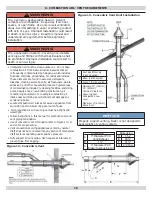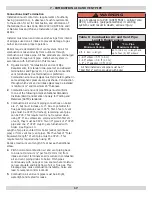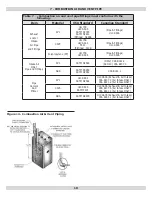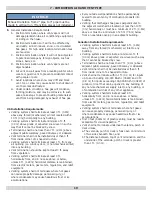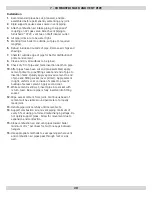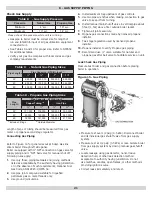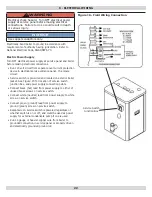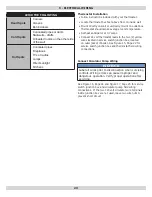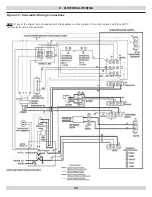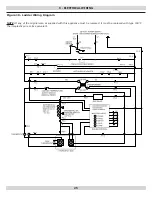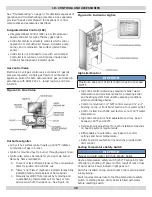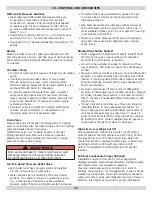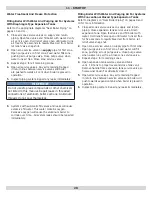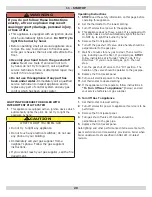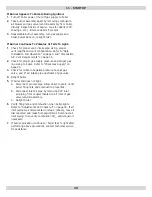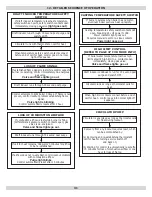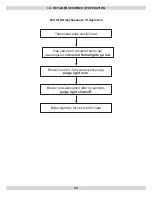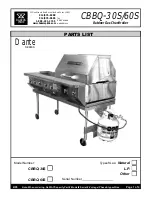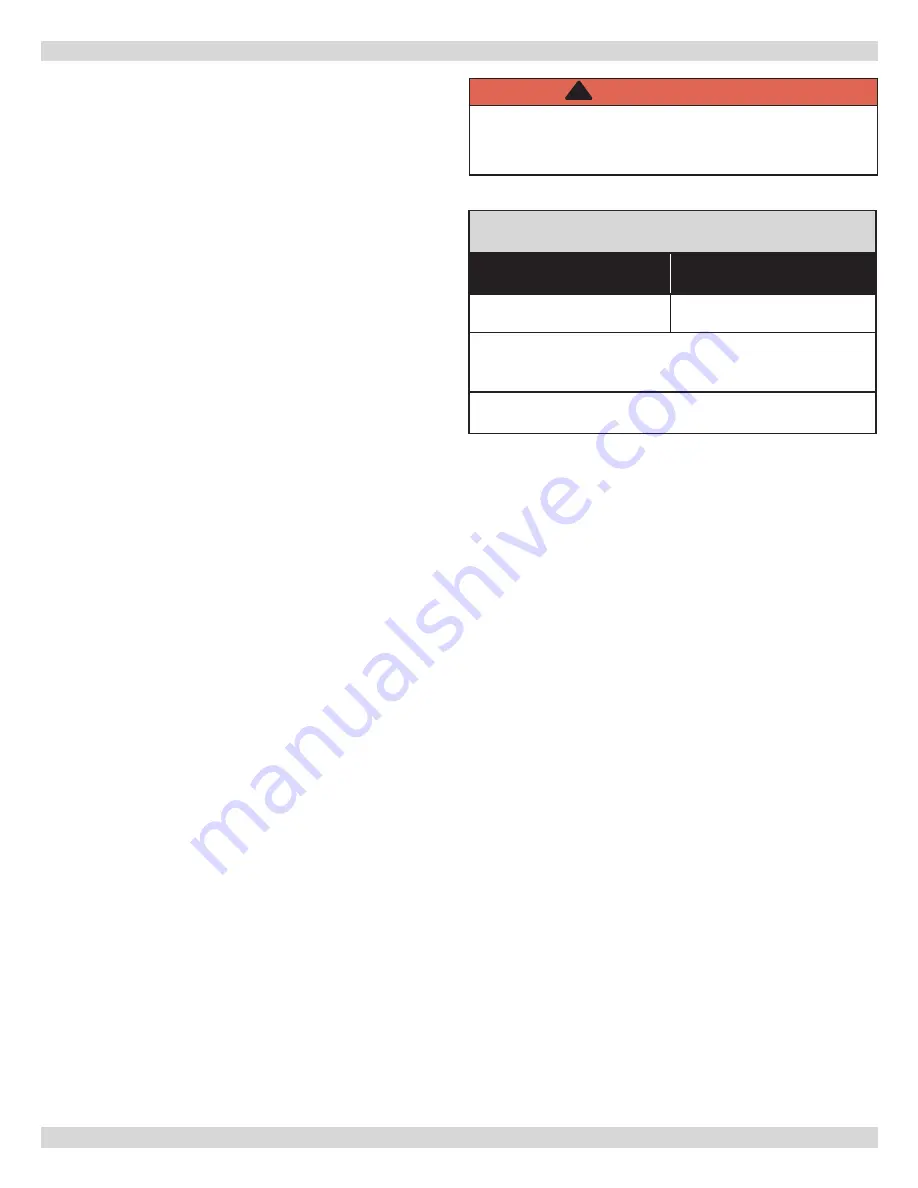
17
Connections And Termination
Installation must conform to requirements of authority
having jurisdiction or, in absence of such requirements,
to the section for Air for Combustion and Ventilation of
the National Fuel Gas Code, ANSI Z223.1/NFPA 54 and/
or Natural Gas and Propane Installation Code, CAN/CSA
B149.1.
Installer must clean and remove all shavings from interior
of all pipes used on air intake to prevent damage to gas
burner and ensure proper operation.
Boilers require dedicated direct vent system. All air for
combustion is taken directly from outdoors through
combustion air intake pipe. All flue products are discharged
to outdoors through vent pipe. Install vent system in
accordance with instructions in this manual.
1.
Figures 8 and 9 “Combustion Air and Vent Pipe
Requirements, for standard two-pipe roof and sidewall
terminations and Figures 10, 11, and 12 for concentric
vent terminations (roof termination is preferred).
Combustion air and vent pipes must terminate together in
same atmospheric pressure zone as shown. Construction
through which vent and air intake pipes may be installed
is minimum ¼” and maximum 24” thickness.
2.
Combustion air and vent pipe fittings must conform
to one of the following American National Standards
Institute (ANSI) and American Society for Testing and
Materials (ASTM) standards:
3.
Combustion air and vent piping connections on boiler
are 2”, but must increase to 3”. Due to potential for
flue gas temperatures over 155°F, first 5 feet of vent
pipe must be CPVC (furnished), remaining vent pipe
can be PVC. This requirement is not required when
using PP. If any elbows are employed within first 2½’
of vent, they must be CPVC. Two 30” pieces of 2” CPVC
pipe and one 2” CPVC coupling are furnished with
boiler. See Figure 13.
Length of pipe is counted from boiler jacket (air intake
pipe) or from vent tee (vent pipe). First five feet of “Total
Equivalent Length” of vent pipe must be CPVC. This
requirement is required when using PP.
Reduce maximum vent length 5 feet per each additional
elbow.
4.
Pitch horizontal combustion air and vent piping back
to boiler at minimum ¼” per foot (21mm/m) from
intake and vent terminals so all moisture in combustion
air and vent piping drains to boiler. Pitch pipes
continuously with no sags or low spots where moisture
can accumulate and block flow of air or flue gas. This
blockage may cause combustion instability, noise and
lead to nuisance control lockouts.
5.
Combustion air and vent pipes must be airtight,
watertight and tested for leaks.
7 - COMBUSTION AIR AND VENT PIPE
WARNING
Use of cellular core PVC (ASTM F891), cellular core
CPVC, or Radel
®
(polypenolsulfone) in venting
system could result in death, serious injury.
!
Table 6 Combustion Air and Vent Pipe
Length Requirement
3 in. Pipe
Minimum Venting
* 3 in. Pipe
Maximum Venting
6 ft. (1.8 m) in length
60 ft. (18.3 m) in length and
up to four (4) 90° elbows
1 - 90° elbow = 5 ft (1.6 m)
1 - 45° elbow = 3.5 ft (1.1 m)
1- 2” x 3” adapter = 0 ft (0 m)
All field installed vent pipe must be 3”
* Past first 2” section provided with boiler

